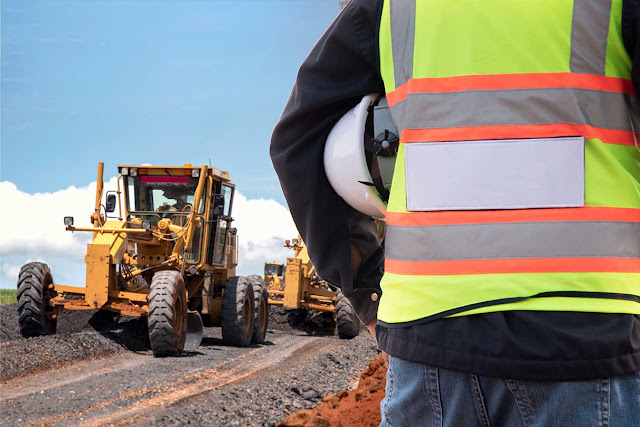Things to Know About Right of Way Reclamation
When landowners work with civil construction companies to find ways to reach agreements on property rights-of-way during and after pipeline construction, it is known as the right way of reclamation. Reclamation agreements include a multitude of provisions, such as: width of right-of-way, location, number of pipelines, depth of pipelines, transported materials, access, landowner’s use, reclamation, abandonment, indemnity, liability insurance, water supply, restriction of activity, dispute resolution, and payment, among others.
Companies that provide reclamation services work to restore pipeline rights-of-way to as good or better condition than it was before construction, and to minimize the long term impact to the land along it. Working with landowners from the outset of a project is a critical component of reaching agreements on property issues that need to be addressed during and after construction.
Reclamation is all about restoring the integrity of the land after construction occurs, or after it has been remediated of pollutants. It is the process of restoring the habitat, and returning the environment to a healthy functioning ecosystem. Reclamation corrects contaminated ecosystems such as soil, surface water and groundwater, removing potentially hazardous substances that can harm the environment or human health. Cleanup and native plantings can reduce the impact to people or the environment.
During excavation, reclamation service companies work to ensure the land remains productive for agricultural purposes and is re-contoured to maintain drainage patterns. Native grasses and hay are reseeded and cultivated, wetlands and streams are stabilized to prevent erosion and to ensure habitat is restored for plants and wildlife. Invasive species are managed, as well.
Vegetation management is an important part of civil construction because it implements strategies to minimize the growth of trees, weeds, and other vegetation near power lines. Civil construction companies use power saws, mowers, and herbicides to remove brush, and to prune trees, as well as to prevent invasive species of weeds from growing under and near power sources. Civil construction companies identify and remove potentially hazardous trees and other vegetation.
Ongoing maintenance may include repairing ditches, fences and gates, reseeding areas with slow growth, maintaining erosion control and mitigating infestations of weeds and other invasive species, and allowing for a clear view of the pipeline right-of-way to allow for future accessibility to address potential pipeline issues at a later date. This may include keeping the right-of-way free of shrubs, trees and other obstructions to provide visibility in order to conduct aerial inspections during emergencies.




Comments
Post a Comment